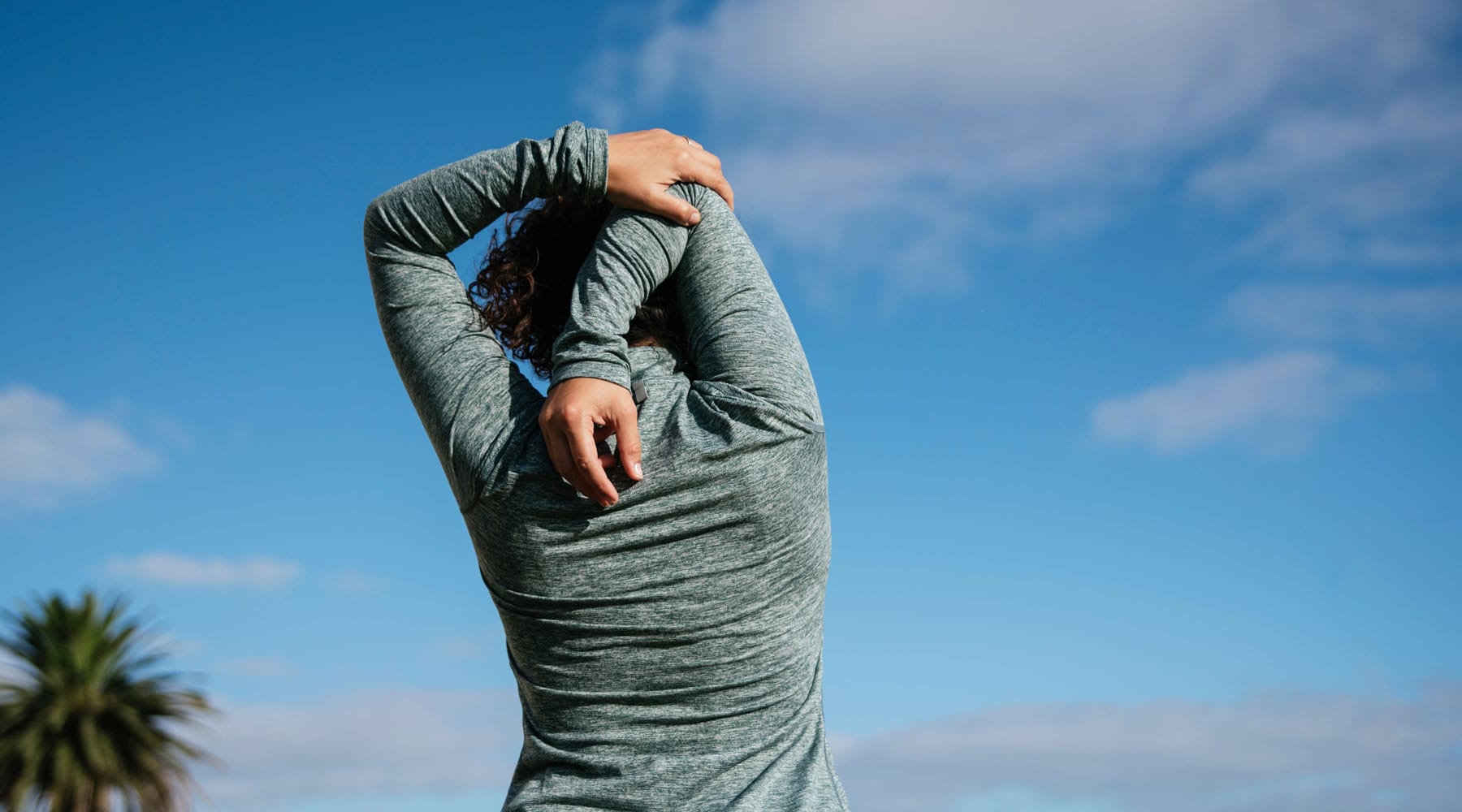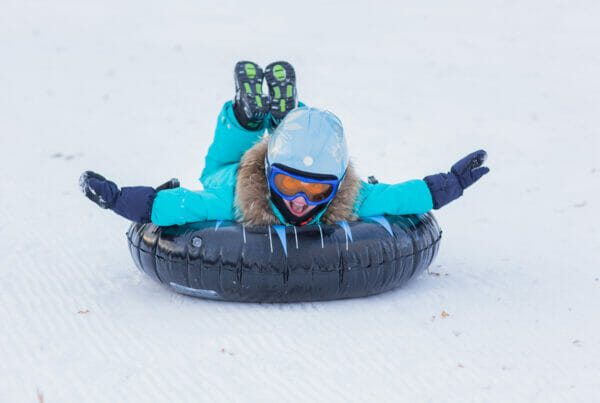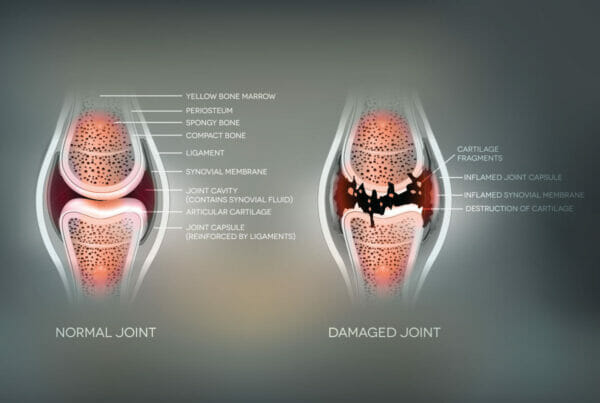Most people suffer lower back pain at some point in their life. You can strain your back by lifting something or twisting the wrong way, but you can also cause problems in your back by remaining stationary for long periods of time. Fortunately, you can receive physical therapy for lower back pain. Physical therapy for your lower back can reduce pain and help prevent future injuries.
Properly stretching is a vital part of a lower back pain physical therapy regimen. However, stretching improperly may strain your injured muscles and prolong recovery. Don’t risk your recovery and future back health by trying to remember those old stretches you used to do in gym class. Instead, stretch your back through spine mobility exercises, like the ones listed in this article, that complement a low back pain physical therapy plan. Better yet, contact a therapist and seek physical therapy for back pain.
At Registered Physical Therapists (RPT), we regularly help people across the Wasatch Front who need physical therapy for low back pain. If you have a new or chronic back injury, contact RPT and ask for a physical therapist for back pain.
Executing some of the daily back stretches from the list of low back pain physical exercises below, along with a back pain physical therapy plan, should loosen up your back and get you on your way to recovery.

Understanding Your Lower Back Muscles
Your back serves several functions. It protects your spine, keeps you upright, and stabilizes you when you move. Each of these functions requires different types of muscles, and each type of back muscle requires its own stretches. Once you understand the types of back muscles, we’ll cover some back exercises for stretching and strengthening them.
The following are the types of back muscles and what they do.
Erector Spinae
The erector spinae are the muscles that run up and down your back next to your spine. They keep you standing upright and extend the spine.
Quadratus Lumborum
The quadratus lumborum is a muscle in the lower back connecting the spine and the pelvis. It stabilizes your lower back and pelvis, keeping them aligned when you move.
Multifidus
Another muscle group that helps stabilize the spine is the multifidus. These muscles help support the spine during twisting movements.
Psoas Major
This group of back muscles connects your front to your back. The psoas major connects to bones in your lower spine and the front of your pelvis. They help stabilize your pelvis and lower back when you flex your hips.
Gluteus Maximus
The gluteus maximus is more famously known as the rear end, but it also connects to the lower back. As the largest muscles in your body, your pair of gluteus maximus also helps stabilize the lower back during movement.
Gluteus Medius and Tensor Fasciae Latae
The gluteus medius and tensor fasciae latae are muscles on the side of the hip that also connect to the pelvis and lower back. They both help support the lower back and pelvis when moving.
Latissimus Dorsi
Located on the sides of your back, above the hips, are the latissimus dorsi. This muscle group helps with shoulder movement and the rotation or extension of the lower back. It connects your upper body and your lower body.
As you can see, your back is complex. It’s made up of several different muscle groups. That’s why there’s no single exercise for back pain prevention. You need to do multiple stretches to target each muscle group.
The Most Effective Lower Back Stretches Exercises
A good stretching routine, complete with spinal health exercises, can improve lower back mobility, which is closely related to lower back pain relief. These stretching exercises for the lower back increase lower back flexibility and will also help with back pain prevention. These back stretches for beginners can easily be completed in the comfort of your own home.
Here is a simple stretching routine for the lower back. These back-muscle stretches target various muscle groups. Many of these may be assigned as part of your physical therapy for lower back pain. Include these lumbar spine stretches in your workout regimen to improve mobility, reduce low back pain, and help prevent future injuries.
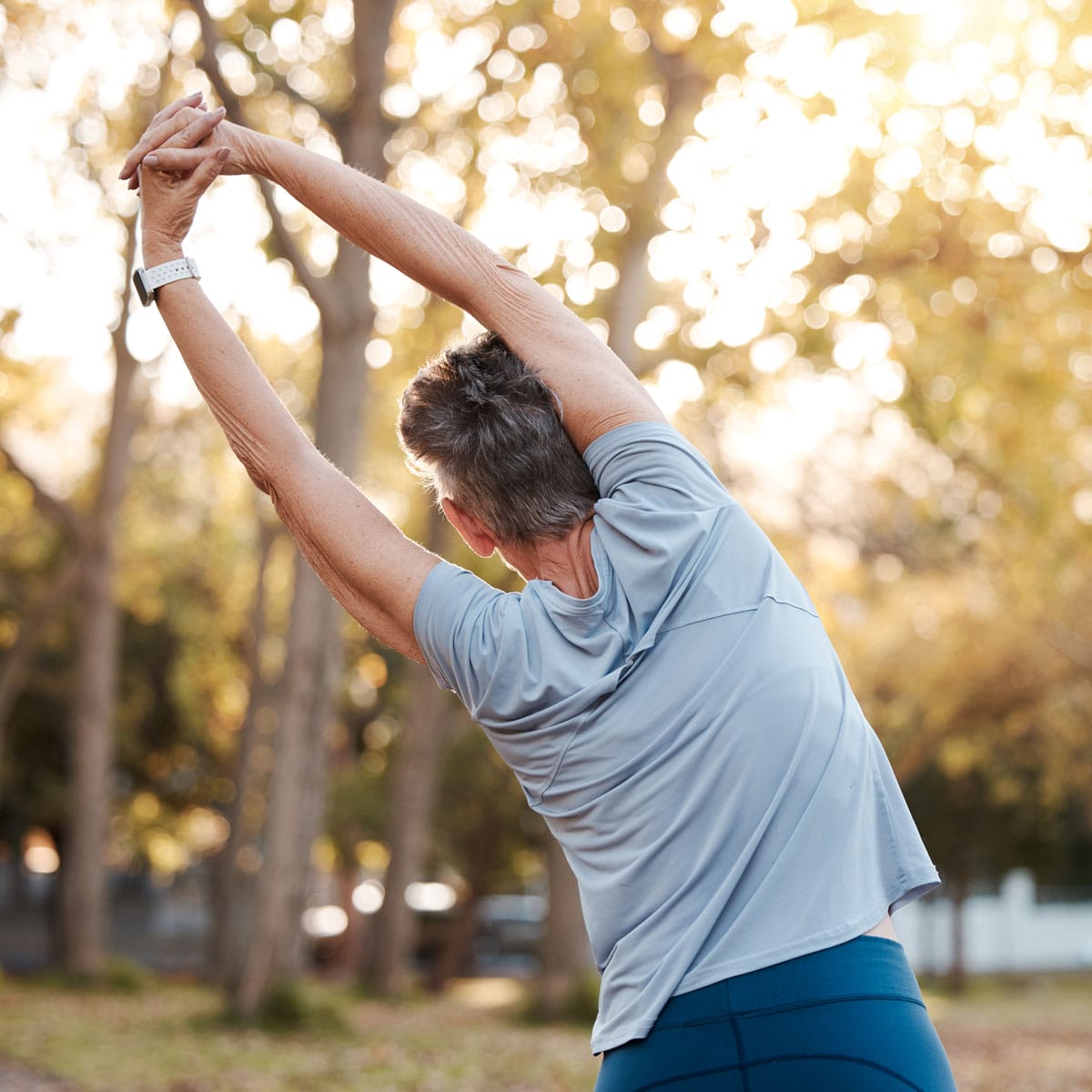

The Cat-Cow Stretch
The cat-cow stretch is excellent for stretching the muscles along the spine, like the erector spinae. It’s called the cat-cow stretch because your posture during the stretch will resemble a catlike pose and a cowlike pose.
Executing the Cat-Cow Stretch:
- Position yourself on your hands and knees with your back flat.
- Slowly exhale, point your head and hips down, and lift your midsection so your back is in the air, like a cat.
- Hold the cat position for five-to-ten seconds.
- Slowly inhale, point your head and hips up, and let your midsection sink low so your back creates a shallow “U” shape, like a cow.
- Hold this cow position for five-to-ten seconds.
- Repeat three-to-five times.
Bridge Exercises
Another great stretch for your erector spinae is the bridge exercise. This exercise will stretch, strengthen, and loosen up the lower back muscles supporting your spine. It’s also great for your quadratus lumborum and all the other muscles that connect your hips and pelvis to your lower back. The bridge exercise has two intensity levels: a supported bridge and a full bridge. If you see a physical therapist for back pain and posture correction exercises, ask them which one you should do.

Executing A Full Bridge Stretch
- Lie on your back with your knees in the air and your feet flat on the floor.
- Lift your hips off the ground.
- Support yourself with your weight on your shoulders and feet.
- Relax your lower back and let your pelvis hang.
- Hold the position for 30 seconds.
- Repeat five or more times, up to 30.
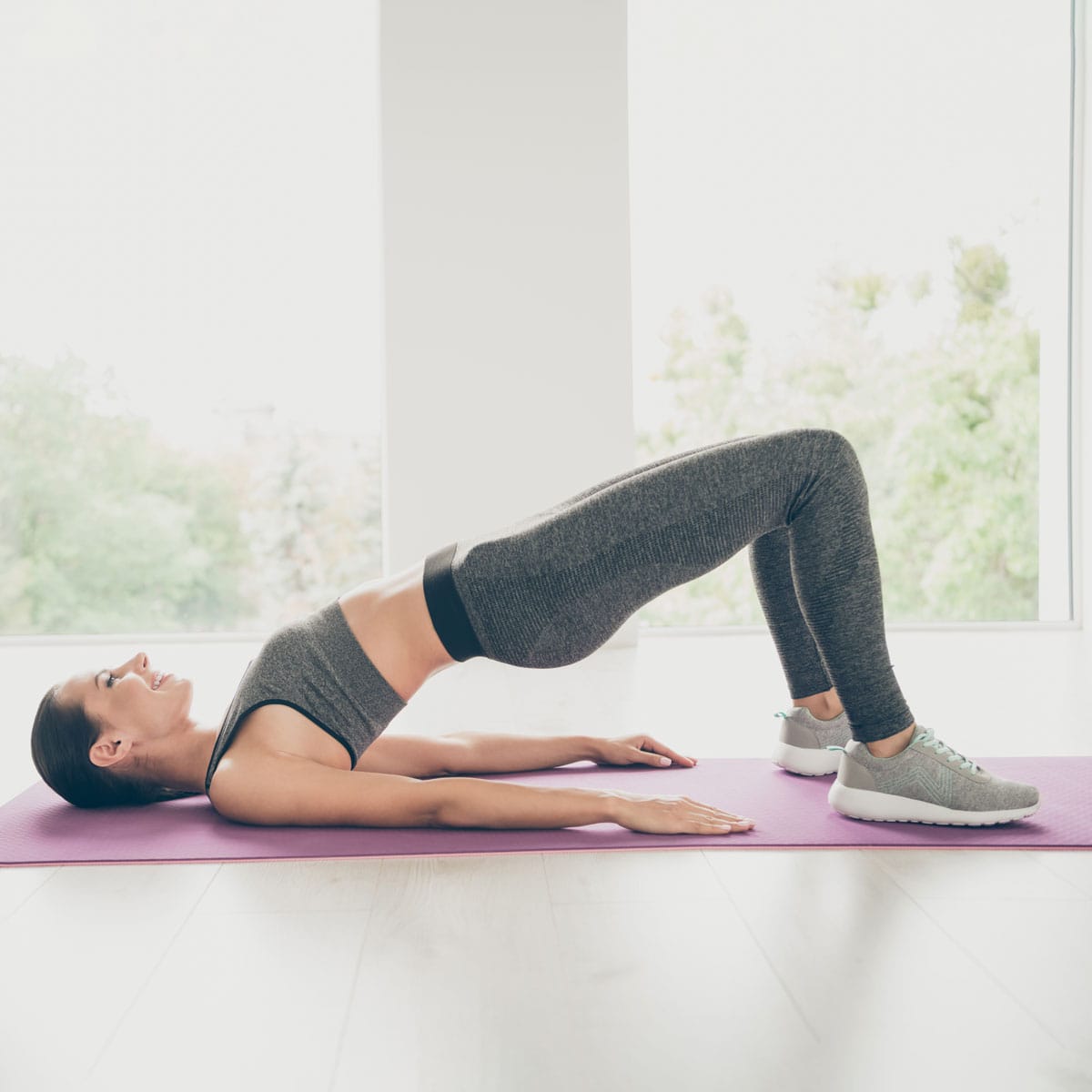
Executing A Supported Bridge
- Lie on your back with your knees in the air and your feet flat on the floor.
- Lift your hips off the ground—supporting yourself with your shoulders and feet.
- Place a foam cushion or rolled towel under your hips.
- Relax your lower back and let the cushion support your pelvis.
- Hold the position for 30 seconds.
- Repeat five-to-ten times.
Knee-to-Chest Stretch
The knee-to-chest stretch is commonly assigned during lower back pain physical therapy. It lengthens and strengthens muscle groups in the lower back, pelvis, and upper legs, including the quadratus lumborum and gluteus maximus.

Executing the Knee-to-Chest Stretch
- Lie on your back with your knees in the air and your feet flat on the floor.
- Lift your right knee and slowly bring it toward your chest.
- Reach your hands around your knee and pull it toward your chest.
- Relax your hips and legs.
- Hold the position for 30 seconds.
- Return to the starting position.
- Repeat with your left knee.
- Repeat with both knees simultaneously.
- Repeat the entire routine three times.

The Pelvic Tilt Exercise
Many people who seek physical therapy for lower back pain experience tightness and soreness in the muscles that connect the hips, pelvis, and tailbone to the lower back. These include the gluteus maximus, psoas major, multifidus, quadratus lumborum, and erector spinae. The pelvic tilt exercise is a simple way to loosen up your lower back, reduce pain, and improve mobility.

Executing the Pelvic Tilt Exercise
- Lie on your back with your knees in the air and your feet flat on the floor.
- Arch your back and rock the top of your hips toward your knees.
- Hold the position for five seconds.
- Slowly pull your abdomen down, roll your hips the other way, and straighten your back.
- Hold the position for five seconds.
- Repeat five-to-30 times.

Incorporate Lower Back Stretches Into Your Daily Routine
Adopting a daily stretching routine for your lower back can prevent lower back injury by strengthening and loosening your back muscles. It can also work in conjunction with a physical therapy plan to help you recover from a lower back injury.
Create a morning stretching routine that includes the five stretches described above. The duration and repetitions for each exercise are included in their step-by-step descriptions. As you can see, most of them begin by lying on your back. Use that to optimize your routine.
Begin your stretches by lying on your back on the floor. (We recommend a yoga or workout mat.) Lift your knees and place your feet flat on the ground. This position will be your home base for most of your stretching routine. You can execute most of your stretches from this position. Then, finish your stretching routine by rolling over onto your hands and knees for the cat-cow stretch.
Execute the stretches in the following order every day for a swift, seamless, and effective lower back pain management routine.
- Pelvic Tilt Exercise
- Knee-To-Chest Stretch
- Supine Figure 4 Stretch
- Bridge Exercise
- Cat-Cow Stretch

Along with these back stretches you can also help prevent lower back injuries by strengthening your abdominal muscles so they can aid in stabilizing your core when you move. Include one or two low-strain abdominal exercises, like crunches or leg lifts, in your routine, if possible.
We recommend doing your exercise routine every morning to loosen and strengthen your back. By stretching early in the day, your back should feel better for more waking hours. This will allow you to have a more fulfilling life full of activity. The joy and natural endorphins of those new experiences will fuel your desire to continue. That’s how you create a habit. Once you do it for a week, you won’t want to stop–but it all starts with just one day.

The Supine Figure 4 Stretch
The final low back pain physical exercise that we’ll discuss stretches the lower back muscles associated with twisting or bending the torso sideways. These muscle groups include the multifidus, gluteus medius, tensor fasciae latae, and latissimus dorsi. The exercise used for stretching these lower back muscles is called the supine figure-four stretch, or sometimes, the piriformis stretch.
Executing the Supine Figure 4 Stretch
- Lie on your back with your knees in the air and your feet flat on the floor.
- Lift your left leg and bring your left foot in front of your right leg.
- Rest your left ankle against your right knee, creating the shape of a “4”.
- Grab your right leg behind the knee with both hands.
- Pull your right knee toward your body, stretching both legs.
- Hold the position for 15-to-30 seconds.
- Switch legs and repeat.
- Repeat the entire routine three times.
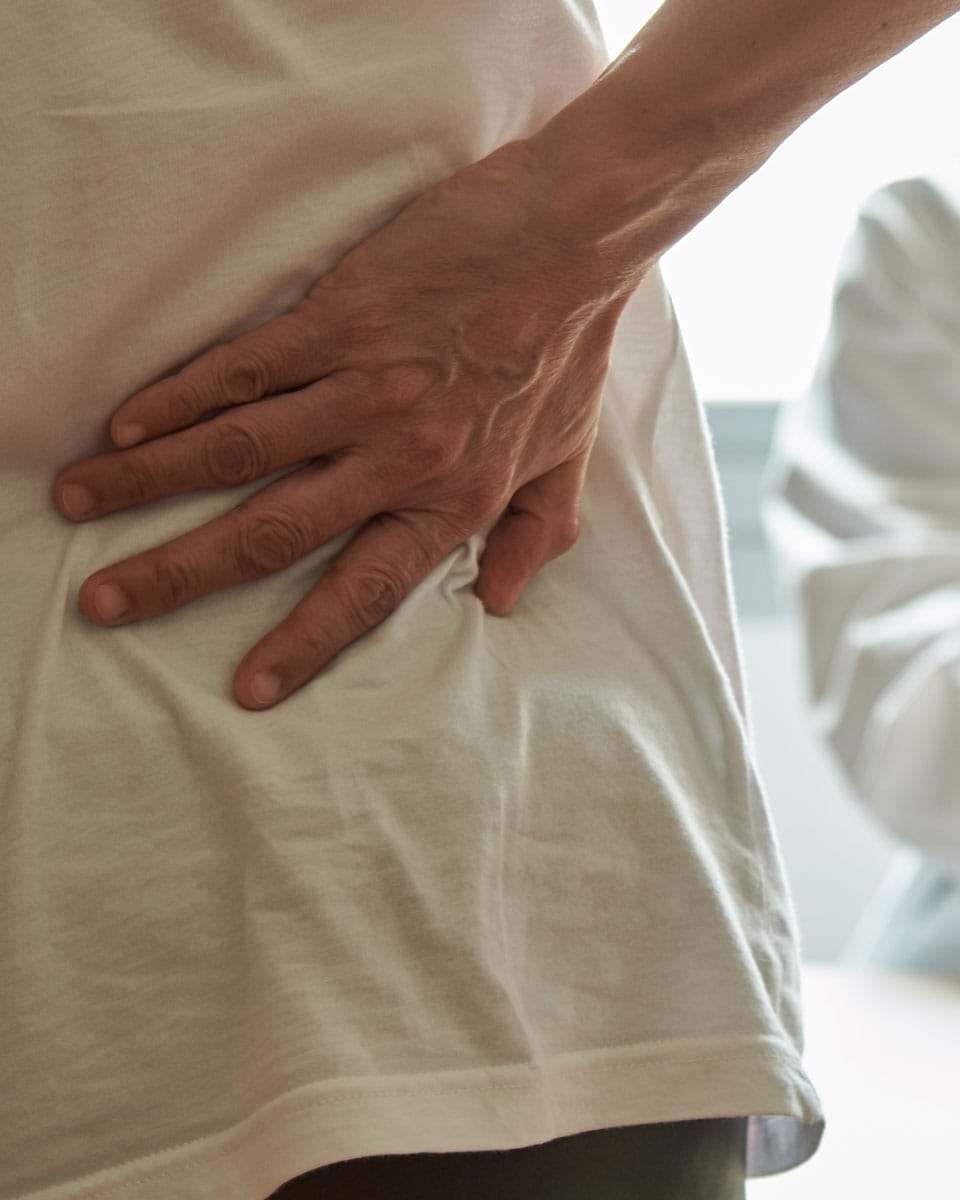
Lower Back Stretching Safety Tips
Physical therapy for back pain is supposed to be about lower back injury prevention. Improper stretching can lead to further injury or prolonged recovery. Follow these guidelines to help keep yourself safe while stretching your lower back.
- Consult a physical therapist for a customized stretching routine for your lower back.
- Use the proper form on all stretches and exercises, both the ones listed above and others assigned by your physical therapist.
- Start slow and easy, then build your way up gradually.
- Incorporate breathing as part of the stretch to stay relaxed.
- Engage your abdominal muscles to support your back muscles while stretching and moving. (Most stretches used for lower back physical therapy are core strengthening exercises for your lower back too.)
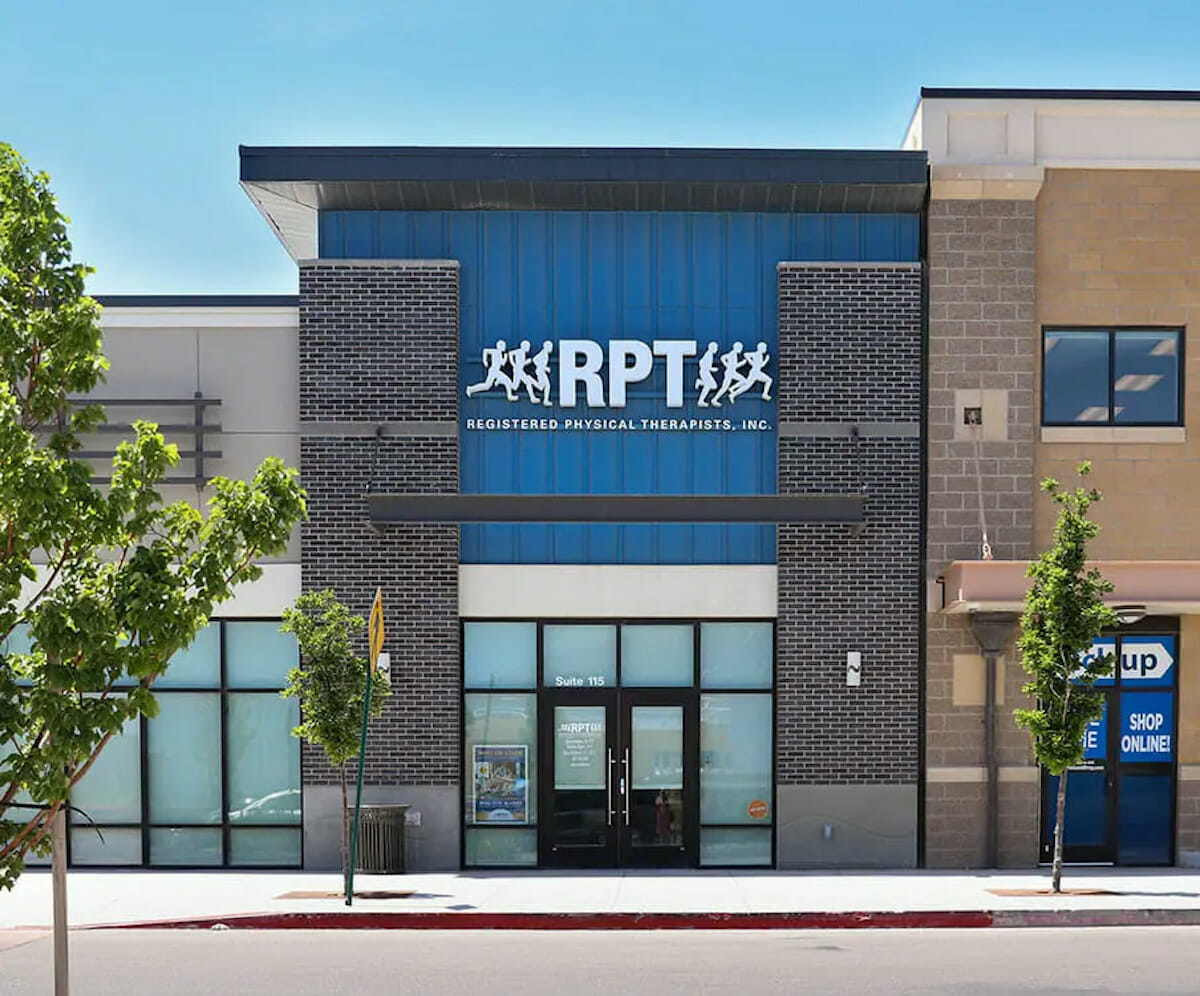
Get Lower Back Physical Therapy Designed For You
Stretching your lower back can reduce pain, increase mobility, and help prevent future injuries. Begin your recovery by starting your stretching routine today. If your pain persists, get a personalized therapy plan for your back pain from RPT. We have physical therapy offices conveniently located in Salt Lake City, Riverton, Saratoga Springs, and many more across the Salt Lake Valley.
Schedule an appointment with RPT for your lower back pain physical therapy and share this helpful information with others suffering from lower back issues.
Sledding accidents can result in an injury to almost any part of your body. They can range from bumps, bruises, and abrasions to more severe injuries.


